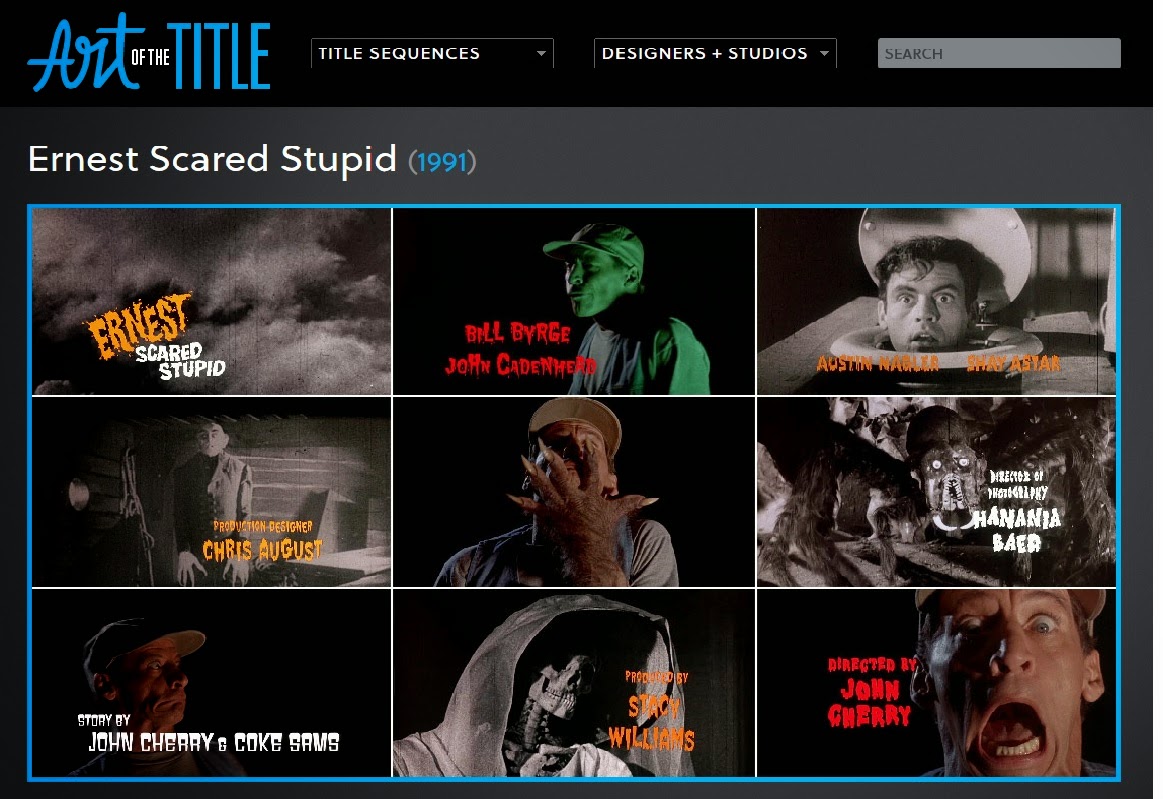- What elements of this sequence did you feel were successful? Give at least two elements and explain why they were successful.
- Were there any aspects of the sequence which you felt were confusing/distracting/missing, etc?
- List 2 things which you feel would have improved this sequence and explain your opinion.
One post to show how you peer assessed another group well and one post to show how you analysed your group's feedback. Then have a look at your film again and apply your self assessment to it using the mark scheme. (another blog post) Please add label - Feedback.
SELF ASSESSMENT
Level 3 36–47 marks There is evidence of proficiency in the creative use of many of the following technical skills:
• Producing material appropriate for the target audience and task;
• using titles appropriately according to institutional conventions;
• using sound with images and editing appropriately for the task set;
• shooting material appropriate to the task set; including controlled use of the camera, attention to framing, variety of shot distance and close attention to mise-en-scene;
• using editing so that meaning is apparent to the viewer and making selective and appropriate use of shot transitions and other effects.
Level 4 48–60 marksThere is evidence of excellence in the creative use of most of the following technical skills:
• material appropriate for the target audience and task;
• using titles appropriately according to institutional conventions;
• using sound with images and editing appropriately for the task set;
• shooting material appropriate to the task set;including controlled use of the camera, attention to framing, variety of shot distance and close attention to mise-en-scene;
• using editing so that meaning is apparent to the viewer and making selective and appropriate use of shot transitions and other effects.
Level 3 36–47 marks There is evidence of proficiency in the creative use of many of the following technical skills:
• Producing material appropriate for the target audience and task;
• using titles appropriately according to institutional conventions;
• using sound with images and editing appropriately for the task set;
• shooting material appropriate to the task set; including controlled use of the camera, attention to framing, variety of shot distance and close attention to mise-en-scene;
• using editing so that meaning is apparent to the viewer and making selective and appropriate use of shot transitions and other effects.
Level 4 48–60 marksThere is evidence of excellence in the creative use of most of the following technical skills:
• material appropriate for the target audience and task;
• using titles appropriately according to institutional conventions;
• using sound with images and editing appropriately for the task set;
• shooting material appropriate to the task set;including controlled use of the camera, attention to framing, variety of shot distance and close attention to mise-en-scene;
• using editing so that meaning is apparent to the viewer and making selective and appropriate use of shot transitions and other effects.






